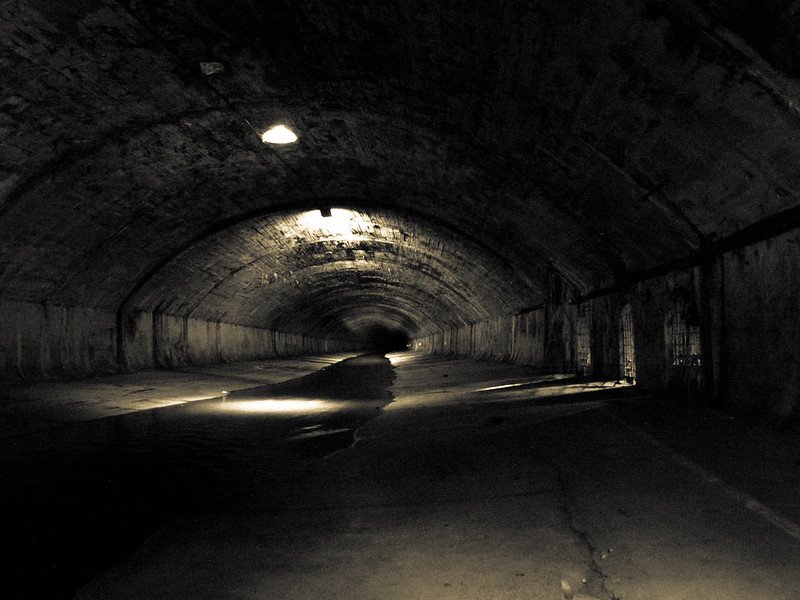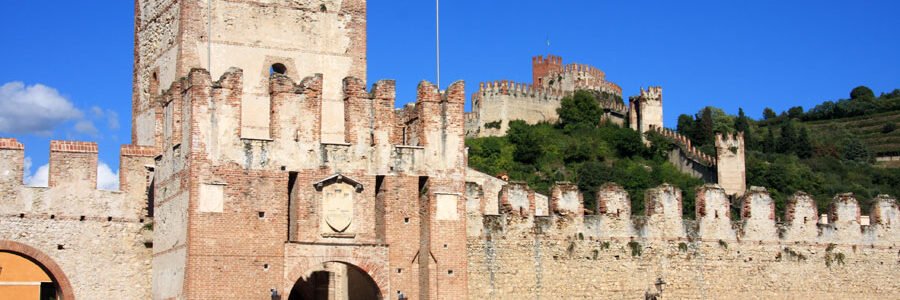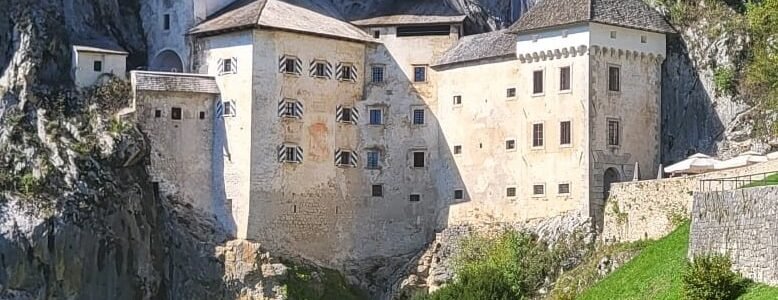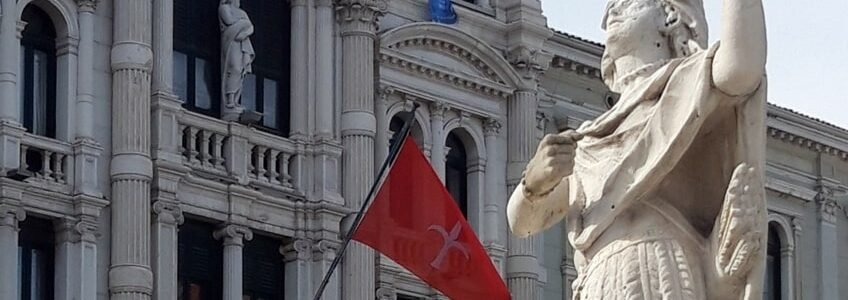Beneath Vienna
Hidden Tunnels and Dark Stories
A City Layered in Silence
Most people arrive in Vienna and look up — at its grand facades, sharp domes, and ornate rooftops. But the older stories lie below. Beneath the coffee houses and imperial buildings is a second Vienna, one not visible from the ring road or tram window. It’s a city of forgotten crypts, war tunnels, sealed doors, and echoes from different centuries. Unlike Schönbrunn or Belvedere, these places don’t welcome you — they let you in if you ask the right question.
Where the Dead Stayed Longer
Start beneath St. Stephen’s Cathedral, where the catacombs house bones of more than 11,000 people. Narrow staircases lead you into tight chambers. Piles of skulls. Rows of femurs. A different kind of Viennese order. It was once a practical solution — bodies couldn’t all be buried during the plagues. Today, the chill isn’t just temperature. The guide speaks softly. Even children stay quiet. It doesn’t feel haunted, but it doesn’t feel empty either.
The Third Man’s Shadows Still Move
In 1949, Vienna became the backdrop for The Third Man, a film that turned its sewers into legend. The underground canal scenes weren’t set pieces — they were real. And they’re still there. Today, guided tours take visitors into the same tunnels where Orson Welles ran, hid, and vanished. You walk on metal grates. Smell the wet concrete. Hear the water echo back in rhythm. It’s not glamorous, but it is cinematic. Vienna’s underground helped tell one of cinema’s greatest mysteries.
A City Split by Air and Fear
During WWII, Vienna’s underbelly became a defense network. Flak towers above were only part of the system — below, bunkers sprawled beneath buildings and sidewalks. Some were repurposed after the war. Some weren’t. One lies quietly under the Naschmarkt. It looks like any other cellar — until you see the escape map still scratched into one wall. These were not places of comfort. They were designed for necessity. No decoration. No distractions. Only endurance.
The Church No One Visits Above Ground
Underneath the Jesuit Church lies a small crypt. It’s rarely mentioned in guidebooks. But walk down carefully and you’ll see wooden caskets, undisturbed for centuries. This wasn’t a mass grave — it was reserved. For clergy. For those deemed worthy of being forgotten quietly. The scent is different here — old wood, dust, and wax. No loud signs. No explanations. Just names etched into fading plaques. Silence keeps the atmosphere intact.
Vienna’s Subterranean Workers
Beneath the surface, modern life goes on in parallel. Maintenance tunnels stretch across districts. Technical teams walk through corridors where civilians never go. It’s another layer of infrastructure, as organized as any palace. Some sections resemble hospitals. Others feel like submarines. These aren’t open for tourism, but their presence is known. Every now and then, a locked door on a metro platform hums — a reminder that the city breathes deeper than it lets on.
Arriving with the Right Timing
If you’re planning this kind of exploration, timing matters. Early mornings offer access to catacombs without crowds. Some tours operate only seasonally or with prior registration. Travelers coming via nearby regions often choose quieter, more flexible options. A private ride from Ljubljana Airport to Vienna is one such route — no waiting, no shuffle, just direct access and time saved for where it counts: below the streets.
From the Street to the Stone
Sometimes the transition is abrupt. One moment you’re in a courtyard with ivy and laughter, and ten steps later you’re looking at a rusted iron gate leading down into the unknown. These entrances blend in — doorways without signs, staircases hidden behind dumpsters, keys that only a few people still possess. Vienna’s underground isn’t a theme park or exhibit. It’s a living system with pieces still in use, others sleeping quietly beneath layers of modern life. Some spaces have been sealed off entirely. Others are whispered about but never confirmed.
Why Locals Rarely Talk About It
It’s not that Viennese people are unaware of what lies beneath their city — it’s that they’ve grown up with it. School field trips to the catacombs, whispered stories about tunnels under their favorite cafés, grandparents who remember the war shelters — it’s all quietly understood. But they don’t romanticize it. You won’t hear locals speaking of haunted crypts or ghostly tours. The tone is respectful. Almost indifferent. And that might be the most Viennese thing about it.
Beneath the Opera House
There’s one more layer that tourists often miss — the network beneath the Vienna State Opera. Aside from standard technical passages, there are sound tunnels, acoustic corridors, and even remnants of wartime construction. Occasionally, performers use these spaces to rehearse in isolation, where echoes can be precisely measured. Stories persist of temporary storage areas being used during bombing raids. Some say a secret stairwell once led to a nobleman’s safe room. Most of this is inaccessible, but the rumors persist — as they do in all good cities.
Official Resources for Underground Vienna
To explore further, including permissions, current tours, and historical overviews, consult Wien.info’s official underground page. It offers curated insights into which locations are open, what’s seasonal, and how to prepare for a side of the city most never see.
Beneath Vienna
Beneath Vienna, tunnels spiral below the opera houses, courtyards, and cafés. Roman ruins sleep beneath modern bricks, Cold War shelters remain sealed under parking lots, and cloisters hide in candlelit silence. Most visitors never think to look down — but those who do uncover a second Vienna, buried in plain sight.
If you’re arriving from Slovenia, Croatia, or Italy, our direct transfers bring you close enough to start the descent before the streets above wake up. Whether you begin in Ljubljana or Trieste, the road to Vienna’s shadows is short. Vienna to Ljubljana Airport is just one of many silent entries to the city’s depths.
- Ljubljana to Vienna — glide from green hills into Habsburg echoes
- Vienna to Bled — from hidden tunnels to alpine reflections
- Seamless connection from Vienna to Ljubljana Airport — a quiet exit from Austria
- Trieste to Vienna — coastal origins, imperial arrivals
- Vienna to Zagreb — old capitals, older secrets
- Browse more insights on our official travel blog
Beneath Vienna: Forgotten Corridors and Living Shadows
- Discover crypts, war bunkers, and Roman stones beneath major landmarks
- Perfect early-morning add-on to city arrivals — before surface tours begin
- Safe, guided entry to official underground sites only
- Great for travelers interested in history beyond palaces and museums
- Pairs well with routes from Italy, Slovenia, and Croatia
Not All of Vienna Can Be Seen from the Street
“Beneath Vienna” is a journey into everything the city chose to bury — and preserve
Maps and tour details for Vienna’s official underground sites are listed at the Vienna Undercover section of the tourism portal.
RECENT POSTS
- Munich Between the Lines June 24, 2025
- Beneath Vienna June 24, 2025
- 6 A.M. at Plitvice June 24, 2025





























































Leave a Comment